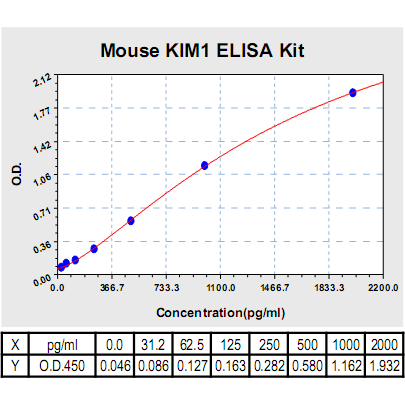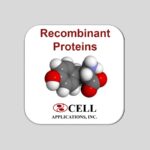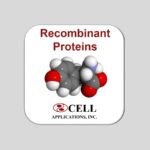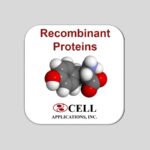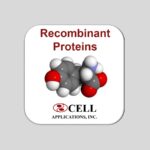KIM-1 ELISA Kit, Mouse
Mouse KIM-1 ELISA Kit: Mouse Kidney Injury Molecule-1 ELISA Kit
Size: 96 Wells
Price: $500.00
Description
Many studies have illustrated the different functions of KIM-1 in various renal diseases including protective functions in acute kidney injury and damaging functions in chronic kidney disease. KIM-1 confers on epithelial cells the ability to recognize and phagocytose dead cells that are present in the post-ischaemic kidney and contribute to the obstruction of the tubule lumen that characterizes acute kidney injury (AKI).2 KIM-1 is a phosphatidylserine receptor that recognizes apoptotic cells directing them to lysosomes. It also serves as a receptor for oxidized lipoproteins and hence is adept at recognizing apoptotic cell ‘eat me’ signals. Given these properties KIM-1 is unique in being the first non-myeloid phosphatidylserine receptor that transforms epithelial cells into semi-professional phagocytes. In addition to the facilitation of clearance of the apoptotic debris from the tubular lumen, KIM-1 may play an important role in limiting the autoimmune response to injury since it is known in many systems that phagocytosis of apoptotic bodies is one mechanism for limiting the proinflammatory response. Acute protective responses, however, may not necessarily translate to chronic effects of KIM-1 expression, a clinically relevant issue, since it has been shown that many individuals with chronic renal failure express the KIM-1 protein in their proximal tubules. KIM-1 is expected to be a therapeutic target for kidney injury.3 In addition, KIM-1 is receptor for TIMD4. In case of human hepatitis A virus (HHAV) infection, it functions as a cell-surface receptor for the virus (HAVCR).
2. Bonventre, J.V.: Scand. J. Clin. Lab. Invest. Suppl. 241:78-83, 2008
3. Huo, W. et al: Transplant. Rev. (Orlando) 24:143-6, 2010
Details
| Cat.No.: | CL0880 |
| Target Protein Species: | Mouse |
| Range: | 31.2pg/ml-2000pg/ml |
| Specificity: | No detectable cross-reactivity with any other cytokine. |
| Storage: | Store at 4°C. Use within 6 months. |
